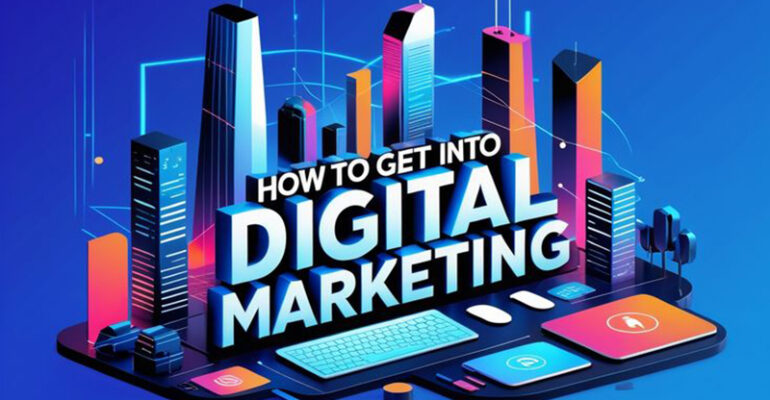The Importance of a Cohesive Digital Identity Across Channels
In the modern business environment of the United Arab Emirates, maintaining a cohesive digital identity has become essential for companies seeking to establish credibility, build trust, and maximize engagement with their audience. A digital identity encompasses the visual, verbal, and experiential representation of a brand across all online platforms, including websites, social media, email, and digital advertising. When executed effectively, a cohesive identity ensures that customers perceive the brand consistently, reinforcing professionalism and reliability in a competitive marketplace.
A cohesive digital identity begins with consistent visual elements. Logos, color schemes, typography, and imagery should be uniform across all platforms to create a recognizable brand presence. In the UAE, where consumers interact with brands both locally and internationally, visual consistency helps businesses stand out and ensures that messaging is immediately identifiable. Discrepancies in visuals can lead to confusion, dilute brand perception, and reduce the overall impact of marketing efforts.
Messaging and tone of voice are equally important. The language used across digital channels should align with the brand’s values, target audience, and business objectives. Whether through website content, social media posts, or email communications, maintaining a consistent tone ensures that customers receive a unified brand experience. For UAE-based businesses, adapting messaging to reflect cultural nuances, language preferences, and local trends enhances relevance and engagement without compromising the core brand identity.
Consistency extends to user experience and functionality. Websites, mobile applications, and online platforms should provide intuitive navigation, fast loading times, and seamless interactions. A positive user experience reinforces the brand’s credibility and encourages repeat engagement. Disjointed experiences or poorly designed interfaces can erode trust and diminish the effectiveness of marketing campaigns, making it essential for businesses to prioritize usability across all touchpoints.
Cross-channel integration is a critical aspect of a cohesive digital identity. Businesses must ensure that campaigns on social media, email marketing, paid advertising, and content platforms complement one another and communicate a unified message. Integration reinforces brand positioning, amplifies reach, and creates a seamless journey for the customer. In a digitally sophisticated market like the UAE, where consumers frequently interact with multiple channels simultaneously, integrated strategies increase engagement, conversion rates, and long-term loyalty.
Data and analytics play a crucial role in maintaining cohesion. By monitoring performance across all digital channels, businesses can identify inconsistencies, measure engagement, and optimize content to ensure alignment with brand standards. Analytics also provide insights into audience behavior, enabling companies to refine messaging, adjust visuals, and enhance overall brand coherence. In a competitive environment, data-driven decision-making ensures that a cohesive digital identity is maintained while responding effectively to evolving consumer expectations.
Another essential element is brand storytelling. A cohesive digital identity conveys not only what the company offers but also why it exists and the value it delivers to customers. Across all channels, storytelling should reflect the company’s mission, values, and expertise, creating an emotional connection with the audience. For businesses in the UAE, authentic storytelling that integrates local culture, innovation, and expertise strengthens trust and fosters loyalty among both existing and prospective clients.
Finally, a cohesive digital identity enhances credibility and positions the brand as a leader in its industry. Consistency across visual elements, messaging, user experience, and cross-channel campaigns demonstrates professionalism, attention to detail, and strategic focus. Businesses that prioritize cohesion create a strong, memorable impression that differentiates them from competitors and establishes long-term trust with their audience.
In conclusion, a cohesive digital identity is fundamental for businesses aiming to thrive in the UAE’s competitive digital landscape. By ensuring consistency in visuals, messaging, user experience, cross-channel integration, data-driven optimization, and storytelling, companies can reinforce credibility, strengthen audience engagement, and foster loyalty. A unified digital presence not only enhances brand recognition but also contributes to sustainable growth and long-term success in an increasingly interconnected and demanding market.














